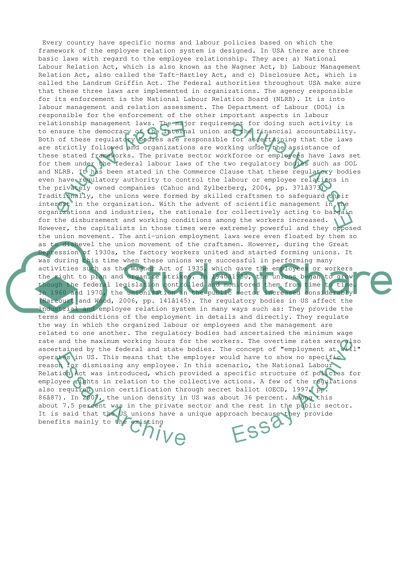Cite this document
(“Why is the employment relations system in the USA characterised by low Essay”, n.d.)
Why is the employment relations system in the USA characterised by low Essay. Retrieved from https://studentshare.org/business/1462284-why-is-the-employment-relations-system-in-the-usa
Why is the employment relations system in the USA characterised by low Essay. Retrieved from https://studentshare.org/business/1462284-why-is-the-employment-relations-system-in-the-usa
(Why Is the Employment Relations System in the USA Characterised by Low Essay)
Why Is the Employment Relations System in the USA Characterised by Low Essay. https://studentshare.org/business/1462284-why-is-the-employment-relations-system-in-the-usa.
Why Is the Employment Relations System in the USA Characterised by Low Essay. https://studentshare.org/business/1462284-why-is-the-employment-relations-system-in-the-usa.
“Why Is the Employment Relations System in the USA Characterised by Low Essay”, n.d. https://studentshare.org/business/1462284-why-is-the-employment-relations-system-in-the-usa.


